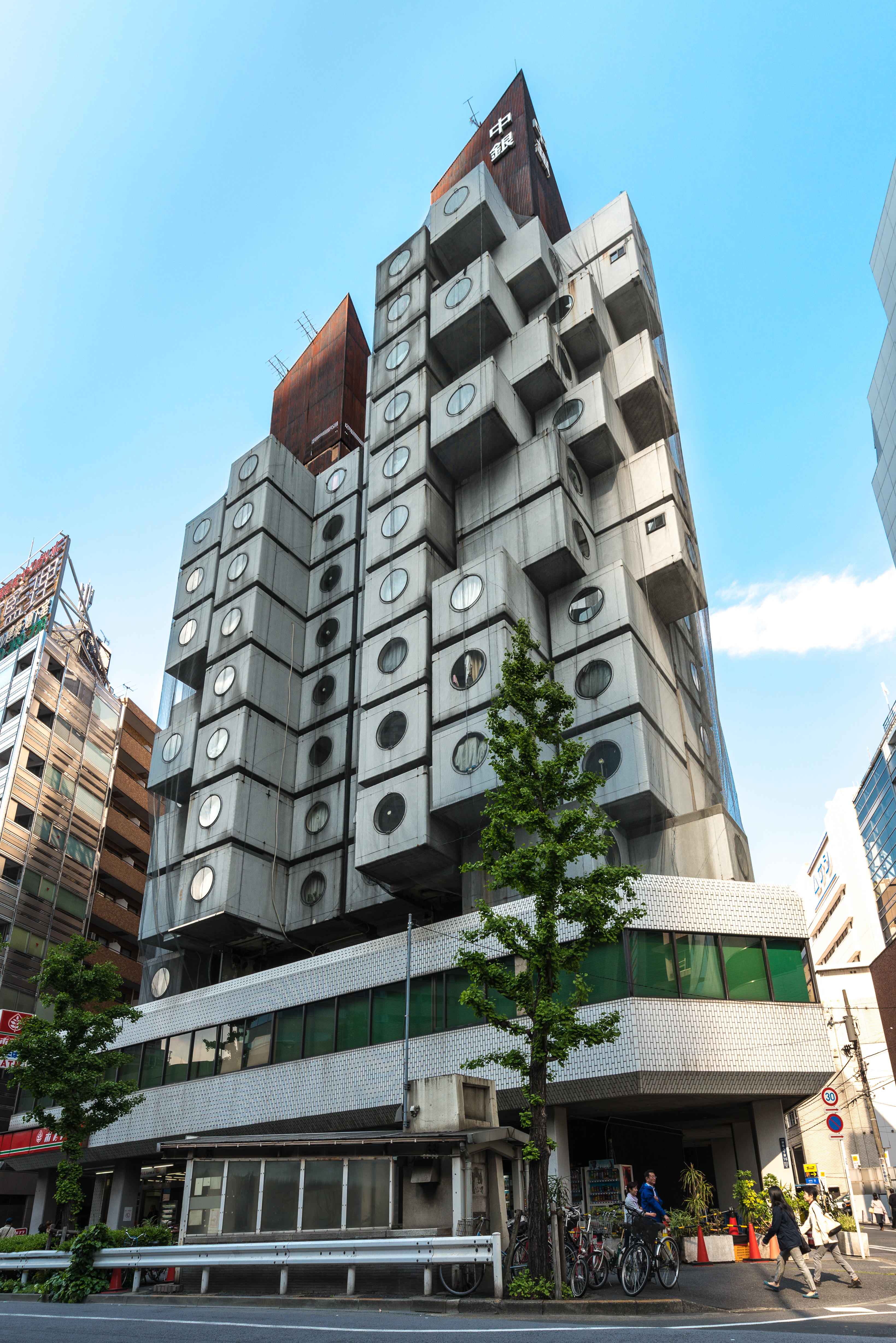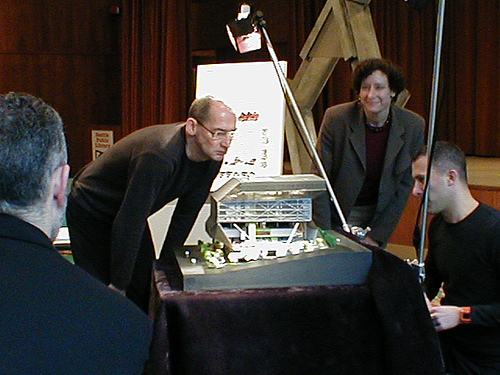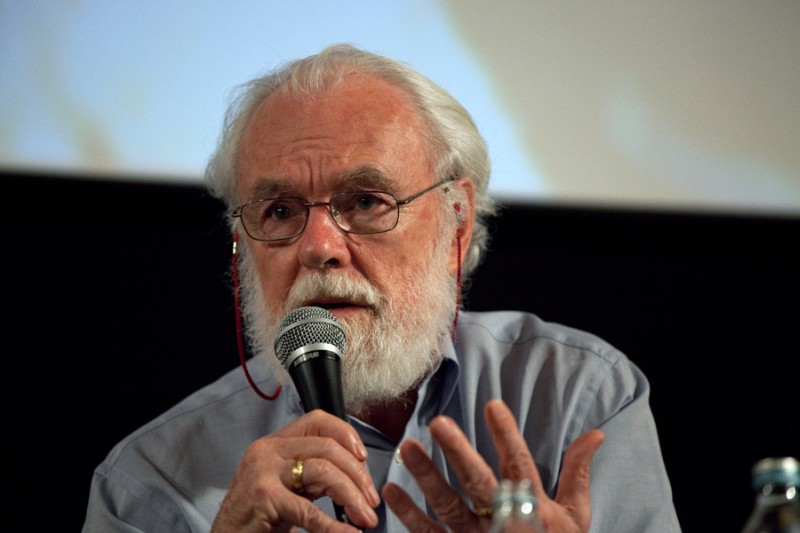|
List Of Urban Theorists
This is a list of urban theorists notable in their field, in alphabetical order: * Christopher Alexander (1936-2022) * Donald Appleyard (1928-1982) * Michael E. Arth * Christopher Charles Benninger (1942) * Walter Block (1941) * Ernest Burgess (1886-1966) * Peter Calthorpe (1949) * Manuel Castells (1942) * Ildefons Cerdà (1815-1876) * Gordon Cullen (1914-1994) * Mike Davis (1946) * Constantinos Doxiadis (1914-1975) * Andrés Duany (1949) * Richard Florida * John Friedmann * Joel Garreau * Patrick Geddes (1854-1932) * Jan Gehl * Paul Goodman * Percival Goodman (1904-1989) * Adam Greenfield * Peter Hall (1932-2014) * David Harvey * Ebenezer Howard (1850-1928) * Arata Isozaki * Allan Jacobs (1928) * Jane Jacobs (1916-2006) * Kiyonori Kikutake (1928-2011) * Rem Koolhaas (1944) * Kisho Kurokawa (1934-2007) * Fumihiko Maki * James Howard Kunstler * Le Corbusier (1887-1965) * Henri Lefebvre (1901-1991) * Jiří Löw * Kevin A. Lynch (1918-1984) * Rob Krier (1938) * Richard L. ... [...More Info...] [...Related Items...] OR: [Wikipedia] [Google] [Baidu] |
Christopher Alexander
Christopher Wolfgang John Alexander (4 October 1936 – 17 March 2022) was an Austrian-born British-American architect and design theorist. He was an emeritus professor at the University of California, Berkeley. His theories about the nature of human-centered design have affected fields beyond architecture, including urban design, software, and sociology. Alexander designed and personally built over 100 buildings, both as an architect and a general contractor. In software, Alexander is regarded as the father of the pattern language movement. The first wiki—the technology behind Wikipedia—led directly from Alexander's work, according to its creator, Ward Cunningham. Alexander's work has also influenced the development of agile software development. In architecture, Alexander's work is used by a number of different contemporary architectural communities of practice, including the New Urbanist movement, to help people to reclaim control over their own built environment. How ... [...More Info...] [...Related Items...] OR: [Wikipedia] [Google] [Baidu] |
Paul Goodman (writer)
Paul Goodman (1911–1972) was an American writer and public intellectual best known for his 1960s works of social criticism. Goodman was prolific across numerous literary genres and non-fiction topics, including the arts, civil rights, decentralization, democracy, education, media, politics, psychology, technology, urban planning, and war. As a humanist and self-styled man of letters, his works often addressed a common theme of the individual citizen's duties in the larger society, and the responsibility to exercise autonomy, act creatively, and realize one's own human nature. Born to a Jews in New York City, Jewish family in New York City, Goodman was raised by his aunts and sister and attended City College of New York. As an aspiring writer, he wrote and published poems and fiction before receiving his doctorate from the University of Chicago. He returned to writing in New York City and took sporadic magazine writing and teaching jobs, several of which he lost for his Comin ... [...More Info...] [...Related Items...] OR: [Wikipedia] [Google] [Baidu] |
James Howard Kunstler
James Howard Kunstler (born October 19, 1948) is an American author, social critic, public speaker, and blogger. He is best known for his books ''The Geography of Nowhere'' (1994), a history of American suburbia and urban development, ''The Long Emergency'' (2005), and ''Too Much Magic'' (2012). In ''The Long Emergency'' he imagines peak oil and oil depletion resulting in the end of industrialized society, forcing Americans to live in smaller-scale, localized, agrarian (or semi-agrarian) communities. In ''World Made by Hand'' he branches into a speculative fiction depiction of this future world. Background Kunstler was born in New York City to Jewish parents, who divorced when he was eight. His family then moved to the suburbs on Long Island. His biological father was a middleman in the diamond trade. Kunstler spent most of his childhood with his mother and stepfather, a publicist for Broadway shows. While spending summers at a boys' camp in New Hampshire, he became acquainted w ... [...More Info...] [...Related Items...] OR: [Wikipedia] [Google] [Baidu] |
Fumihiko Maki
is a Japanese architect who teaches at Keio University SFC. In 1993, he received the Pritzker Prize for his work, which often explores pioneering uses of new materials and fuses the cultures of east and west. Early life Maki was born in Tokyo. After studying at the University of Tokyo and graduating with a Bachelor of Architecture degree in 1952, he moved to the Cranbrook Academy of Art in Bloomfield Hills, Michigan, graduating with a master's degree in 1953. He then studied at Harvard Graduate School of Design, graduating with a Master of Architecture degree in 1954. Career In 1956, he took a post as assistant professor of architecture at Washington University in St. Louis, where he also was awarded his first commission: the design of Steinberg Hall (an art center) on the university's Danforth Campus. This building remained his only completed work in the United States until 1993, when he completed the Yerba Buena Center for the Arts building in San Francisco. In 2006, he returne ... [...More Info...] [...Related Items...] OR: [Wikipedia] [Google] [Baidu] |
Kisho Kurokawa
(April 8, 1934 – October 12, 2007) was a leading Japanese architect and one of the founders of the Metabolist Movement. Biography Born in Kanie, Aichi, Kurokawa studied architecture at Kyoto University, graduating with a bachelor's degree in 1957. He then attended University of Tokyo, under the supervision of Kenzo Tange. Kurokawa received a master's degree in 1959. Kurokawa then went on to study for a doctorate of philosophy, but subsequently dropped out in 1964. Kisho Kurokawa was conferred an Honorary Doctorate of Architecture by the Chancellor of Universiti Putra Malaysia (UPM), Malaysia in Sept. 7, 2002. With colleagues, he cofounded the Metabolist Movement in 1960, whose members were known as Metabolists. It was a radical Japanese avant-garde movement pursuing the merging and recycling of architecture styles within an Asian context. The movement was very successful, peaking when its members received praise for the Takara Cotillion Beautillion at the Osaka World ... [...More Info...] [...Related Items...] OR: [Wikipedia] [Google] [Baidu] |
Rem Koolhaas
Remment Lucas Koolhaas (; born 17 November 1944) is a Dutch architect, architectural theorist, urbanist and Professor in Practice of Architecture and Urban Design at the Graduate School of Design at Harvard University. He is often cited as a representative of Deconstructivism and is the author of ''Delirious New York: A Retroactive Manifesto for Manhattan''. He is seen by some as one of the significant architectural thinkers and urbanists of his generation, by others as a self-important iconoclast. In 2000, Rem Koolhaas won the Pritzker Prize. In 2008, ''Time'' put him in their top 100 of '' The World's Most Influential People''. He was elected to the American Philosophical Society in 2014. Early life and career Remment Koolhaas was born on 17 November 1944 in Rotterdam, Netherlands, to Anton Koolhaas (1912–1992) and Selinde Pietertje Roosenburg (born 1920). His father was a novelist, critic, and screenwriter. His maternal grandfather, Dirk Roosenburg (1887–1962), was a mod ... [...More Info...] [...Related Items...] OR: [Wikipedia] [Google] [Baidu] |
Kiyonori Kikutake
(April 1, 1928 – December 26, 2011) was a prominent Japanese architect known as one of the founders of the Japanese Metabolist group. He was also the tutor and employer of several important Japanese architects, such as Toyo Ito, Shōzō Uchii and Itsuko Hasegawa. Background Kikutake was born in 1928 in Kurume, Japan and graduated from Waseda University in 1950. Career Kikutake is best known for his "Marine City" project of 1958, which formed part of the Metabolist Manifesto launched at the World Design Conference in Tokyo in 1960 under the leadership of Kenzo Tange. He, along with fellow member Kisho Kurokawa was invited to exhibit work at the "Visionary Architecture" exhibition in New York of 1961, through which the Metabolists gained international recognition. Kikutake continued his practice until his death in 2011, producing several key public buildings throughout Japan, as well as lecturing internationally. He was also the President and then Honorary President of the Ja ... [...More Info...] [...Related Items...] OR: [Wikipedia] [Google] [Baidu] |
Jane Jacobs
Jane Jacobs (''née'' Butzner; 4 May 1916 – 25 April 2006) was an American-Canadian journalist, author, theorist, and activist who influenced urban studies, sociology, and economics. Her book '' The Death and Life of Great American Cities'' (1961) argued that " urban renewal" and " slum clearance" did not respect the needs of city-dwellers. Jacobs organized grassroots efforts to protect neighborhoods from urban renewal and slum clearance – in particular plans by Robert Moses to overhaul her own Greenwich Village neighborhood. She was instrumental in the eventual cancellation of the Lower Manhattan Expressway, which would have passed directly through an area of Manhattan that later became known as SoHo, as well as part of Little Italy and Chinatown. She was arrested in 1968 for inciting a crowd at a public hearing on that project. After moving to Toronto in 1968, she joined the opposition to the Spadina Expressway and the associated network of expressways in Toront ... [...More Info...] [...Related Items...] OR: [Wikipedia] [Google] [Baidu] |
Allan Jacobs
Allan B. Jacobs (born 29 December 1928) is an urban designer, renowned for his publications and research on urban design. His well-known paper ''"Toward an Urban Design Manifesto"'', written with Donald Appleyard, describes how cities should be laid out. Prior to teaching at Berkeley, Professor Jacobs taught at the University of Pennsylvania, and worked on planning projects in the City of Pittsburgh and for the Ford Foundation in Calcutta, India, and spent eight years as Director of the San Francisco Department of City Planning. In 1978 Jacobs presented his ‘Making City Planning Work’ that offered reflections on his experiences as the San Francisco planning director from 1967 to 1975 and guided on bureaucratic and political processes navigation that often hamper the realization of desired planning policies and outcomes. Honors include a Guggenheim Fellowship, the Berkeley Citation, and the Kevin Lynch Award from the Massachusetts Institute of Technology. Jacobs taught in the ... [...More Info...] [...Related Items...] OR: [Wikipedia] [Google] [Baidu] |
Arata Isozaki
Arata Isozaki (磯崎 新, ''Isozaki Arata''; born 23 July 1931) is a Japanese architect, urban designer, and theorist from Ōita. He was awarded the RIBA Gold Medal in 1986 and the Pritzker Architecture Prize in 2019. Biography Isozaki was born in Oita on the island of Kyushu and grew up in the era of postwar Japan. Isozaki completed his schooling at the Oita Prefecture Oita Uenogaoka High School (erstwhile Oita Junior High School). In 1954, he graduated from the University of Tokyo where he majored in Architecture and Engineering. This was followed by a doctoral program in architecture from the same university. Isozaki also worked under Kenzo Tange before establishing his own firm in 1963. Isozaki's early projects were influenced by European experiences with a style mixed between "New Brutalism" and "Metabolist Architecture" (Oita Medical Hall, 1959–1960), according to Reyner Banham. His style continued to evolve with buildings such as the Fujimi Country Club (1973–74 ... [...More Info...] [...Related Items...] OR: [Wikipedia] [Google] [Baidu] |
Ebenezer Howard
Sir Ebenezer Howard (29 January 1850 – 1 May 1928) was an English urban planner and founder of the garden city movement, known for his publication '' To-Morrow: A Peaceful Path to Real Reform'' (1898), the description of a utopian city in which people live harmoniously together with nature. The publication resulted in the founding of the garden city movement, and the building of the first garden city, Letchworth Garden City, commenced in 1903. The second true Garden City was Welwyn Garden City (1920) and the movement influenced the development of several model suburbs in other countries, such as Forest Hills Gardens designed by F. L. Olmsted Jr. in 1909, Radburn NJ (1923), Pinelands, Cape Town and the Suburban Resettlement Program towns of the 1930s (Greenbelt, Maryland; Greenhills, Ohio; Greenbrook, New Jersey and Greendale, Wisconsin). Howard aimed to reduce the alienation of humans and society from nature, and hence advocated garden citiesClark, B 2003'Ebenezer Howard a ... [...More Info...] [...Related Items...] OR: [Wikipedia] [Google] [Baidu] |
David Harvey
David W. Harvey (born 31 October 1935) is a British-born Marxist economic geographer, podcaster and Distinguished Professor of anthropology and geography at the Graduate Center of the City University of New York (CUNY). He received his PhD in geography from the University of Cambridge in 1961. Harvey has authored many books and essays that have been prominent in the development of modern geography as a discipline. He is a proponent of the idea of the right to the city. In 2007, Harvey was listed as the 18th most-cited author of books in the humanities and social sciences in that year, as established by counting citations from academic journals in the Thomson Reuters ISI database. Early life and education David W. Harvey was born in 1935 in Gillingham, Kent. He attended Gillingham Grammar School for Boys and St John's College, Cambridge (for both his undergraduate and post-graduate studies). Harvey's early work, beginning with his PhD (on hops production in 19th century ... [...More Info...] [...Related Items...] OR: [Wikipedia] [Google] [Baidu] |




_1.jpg)

